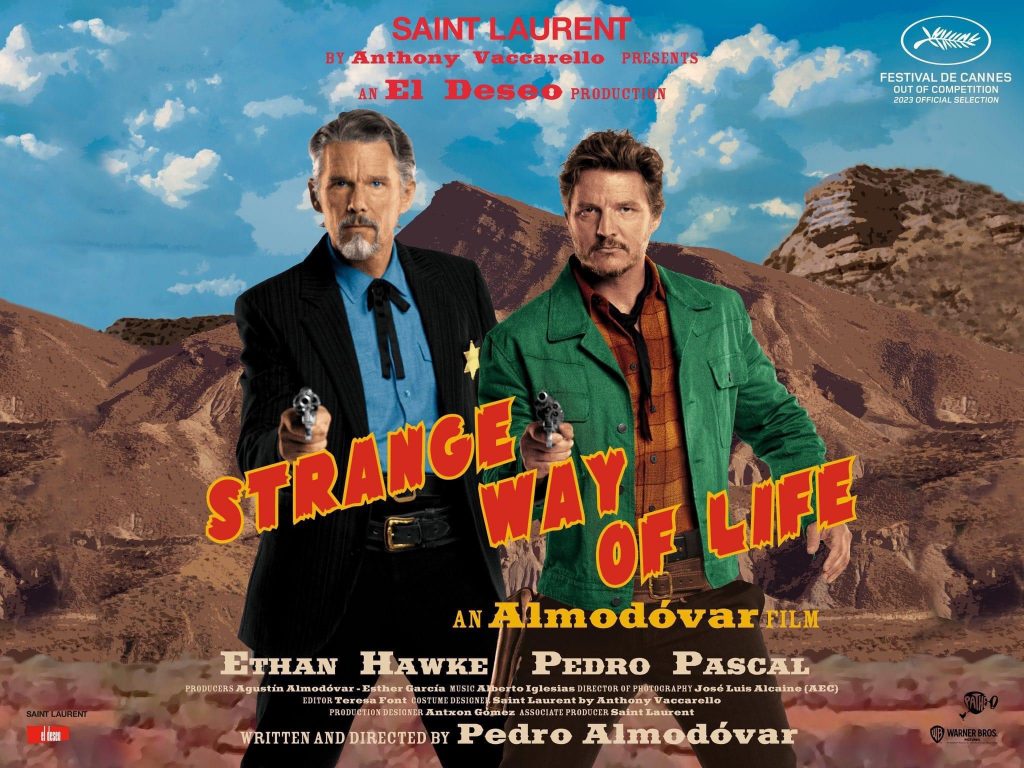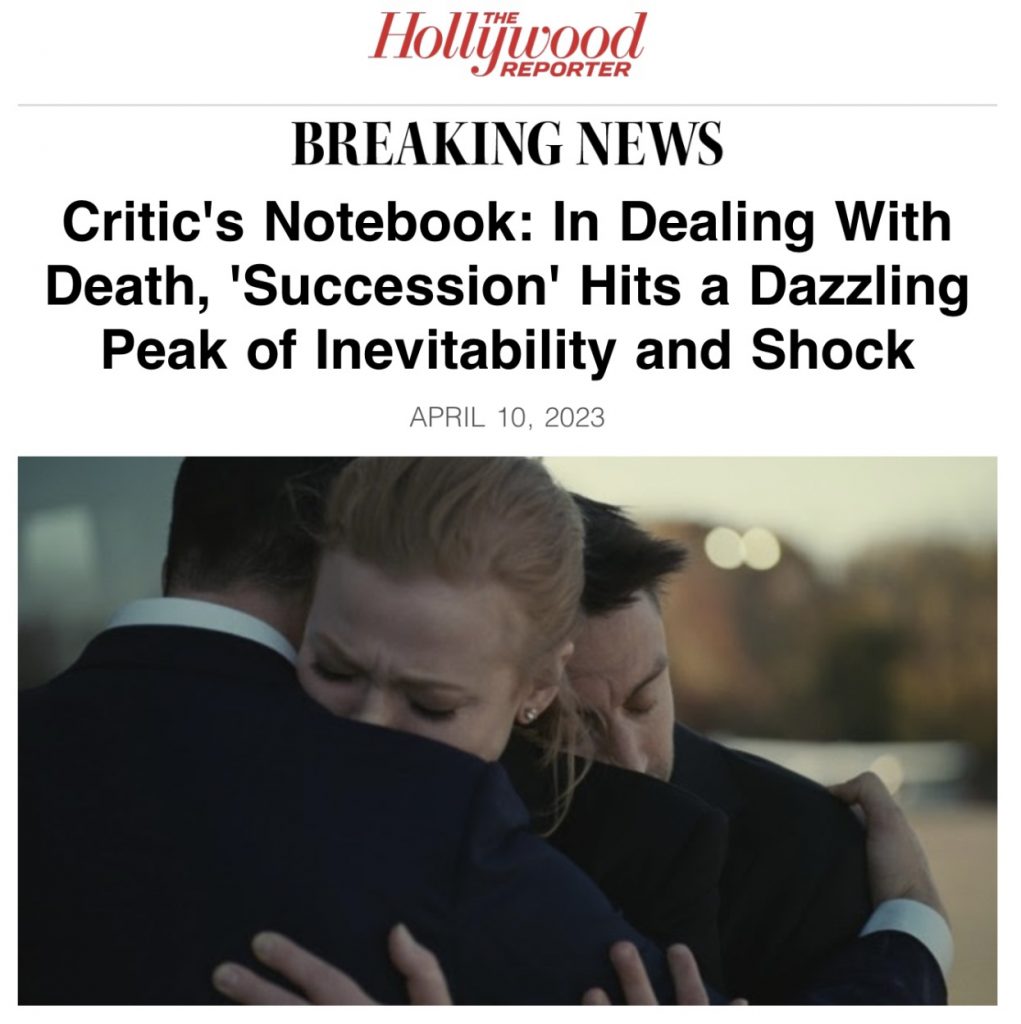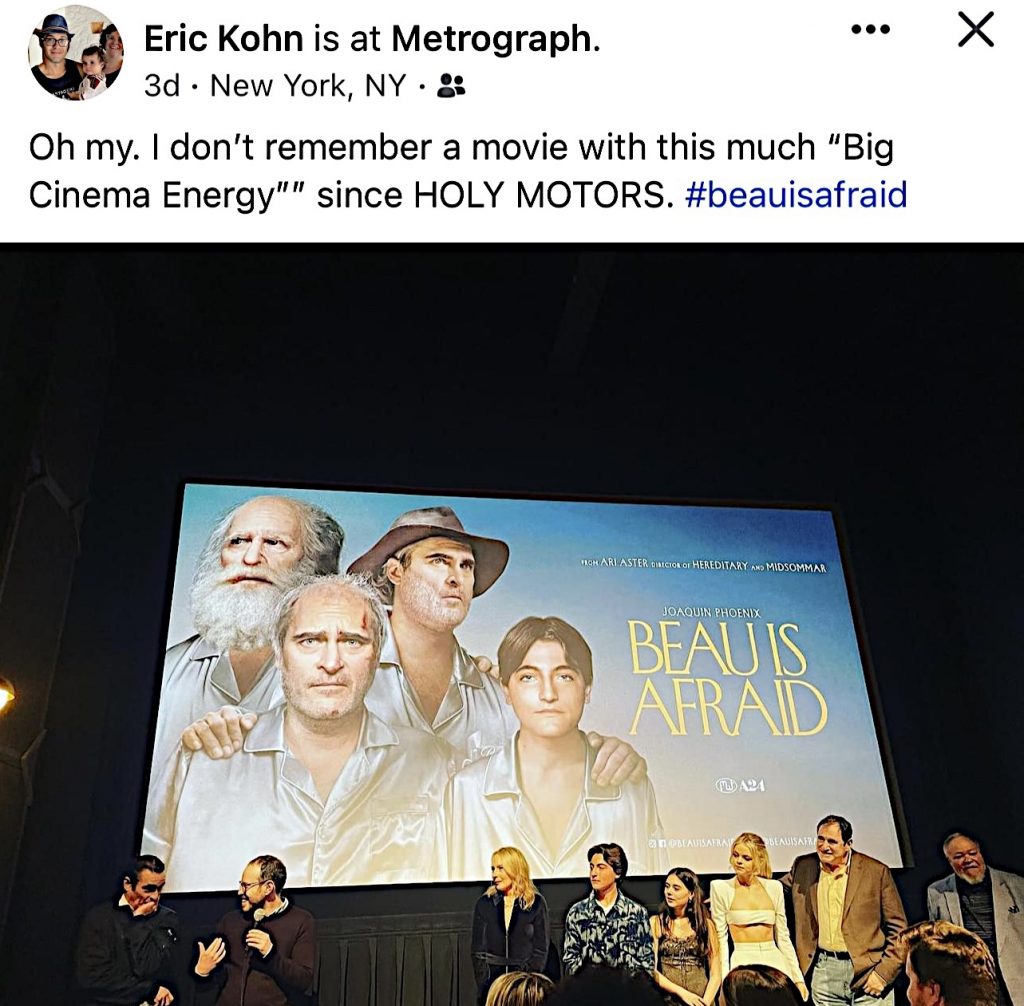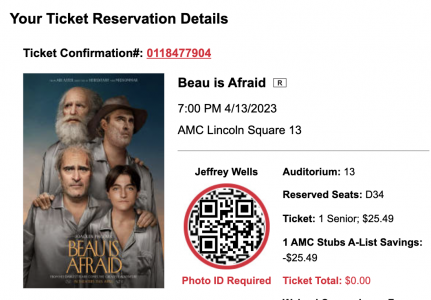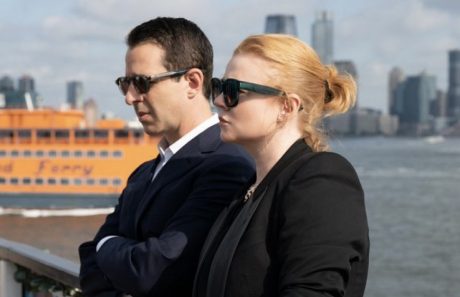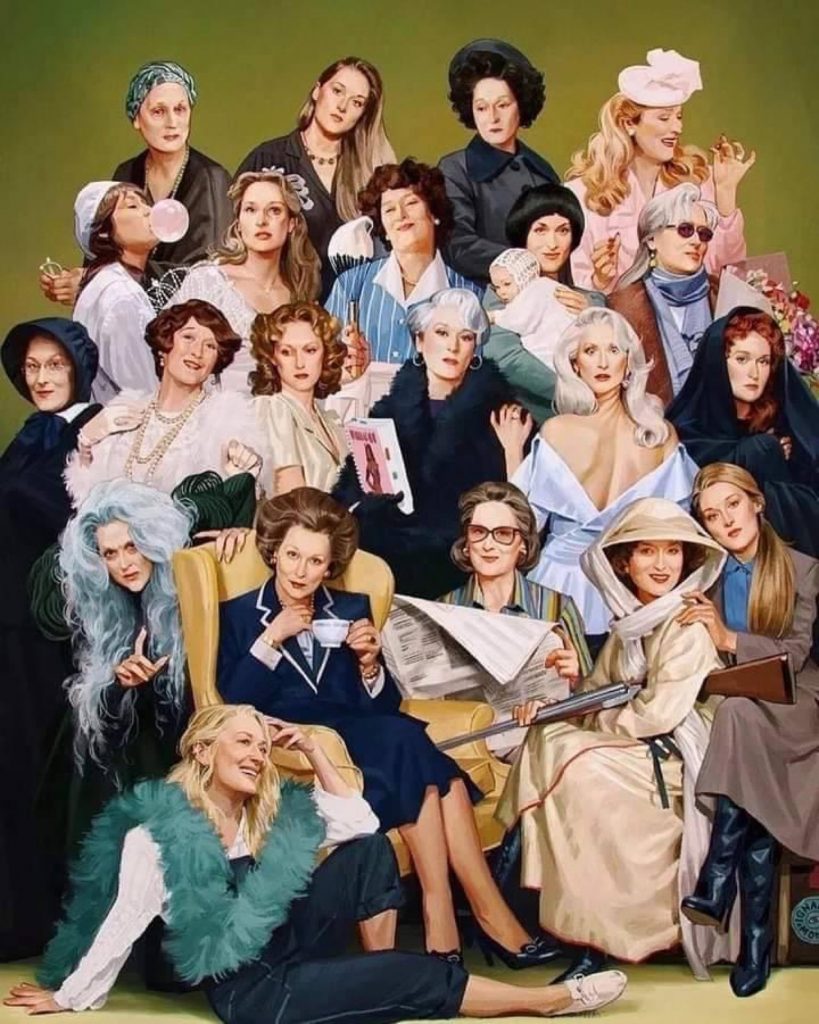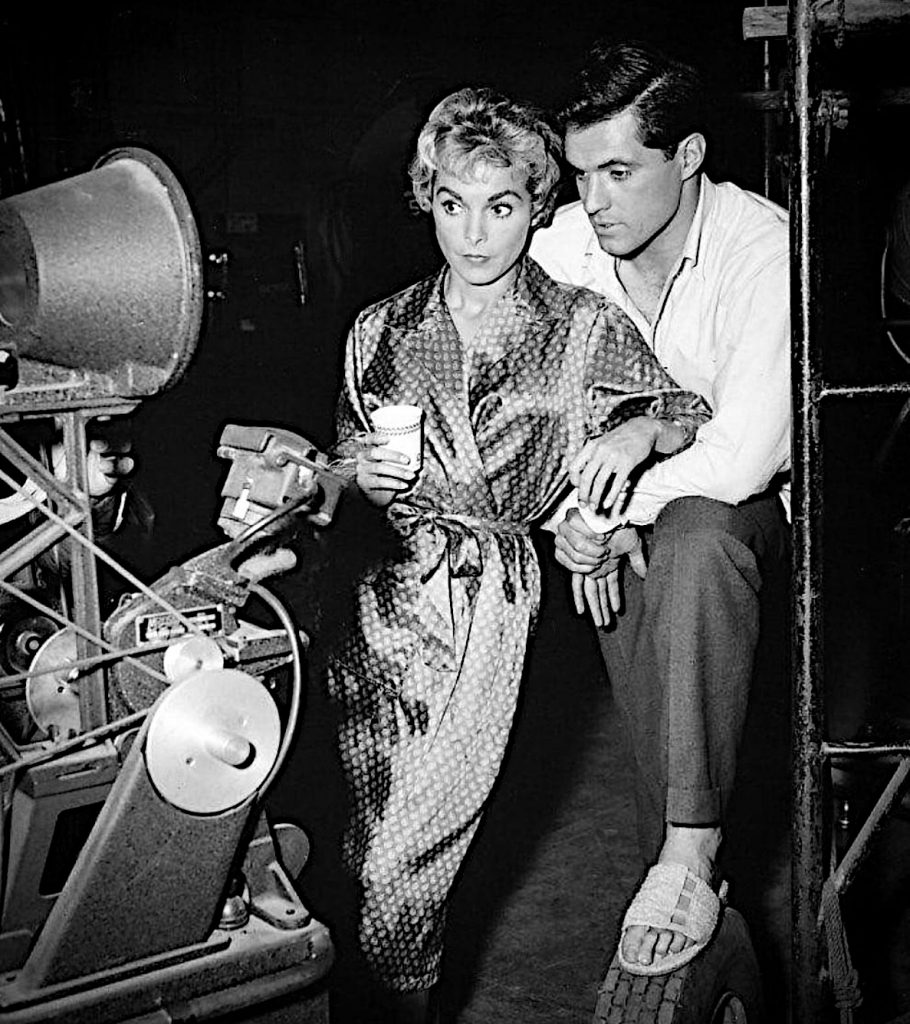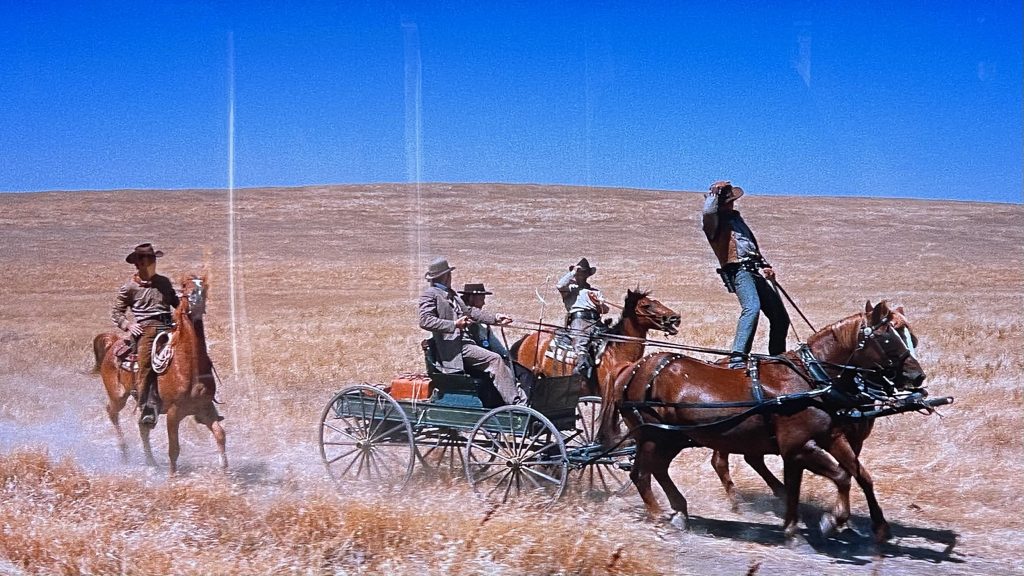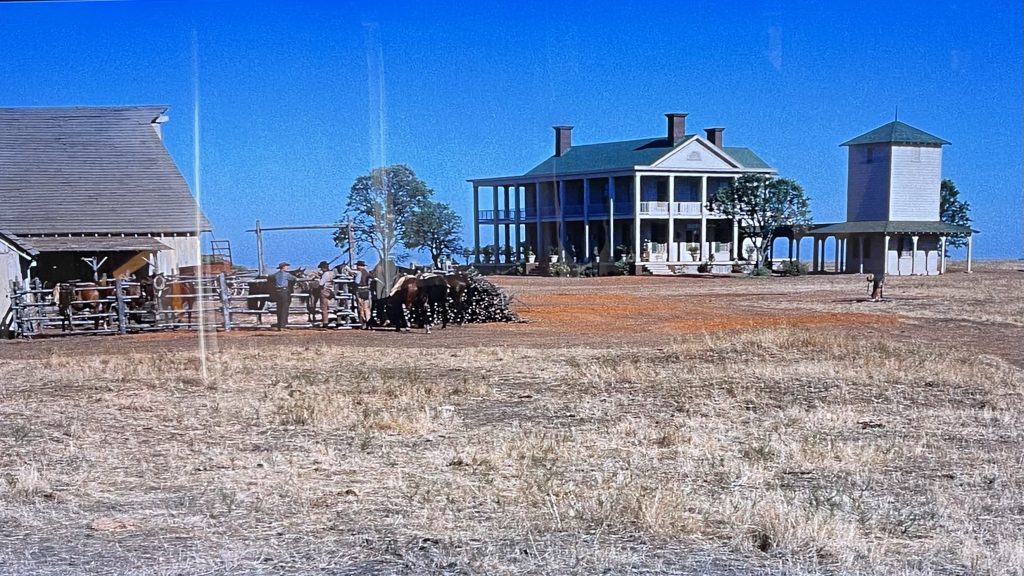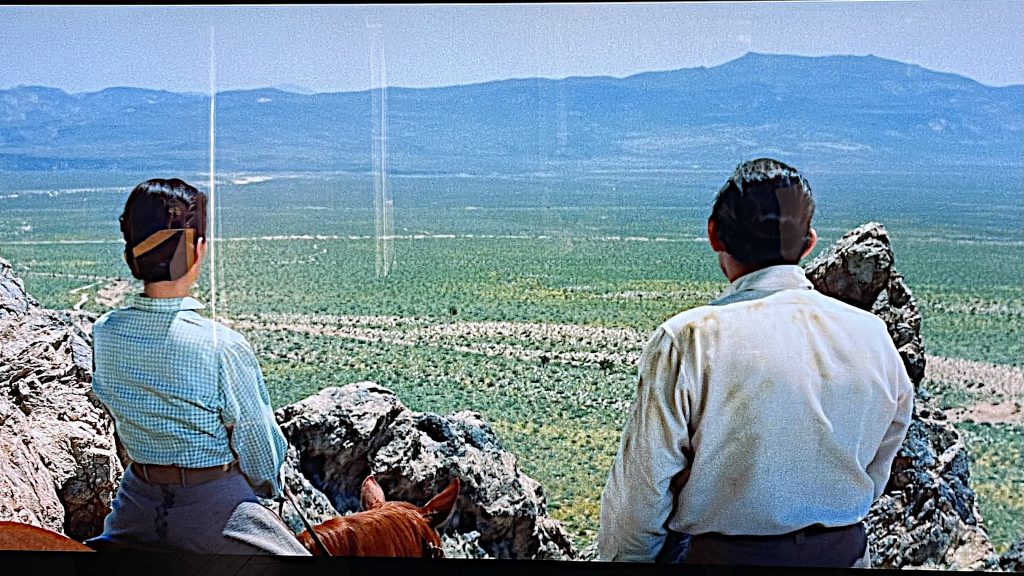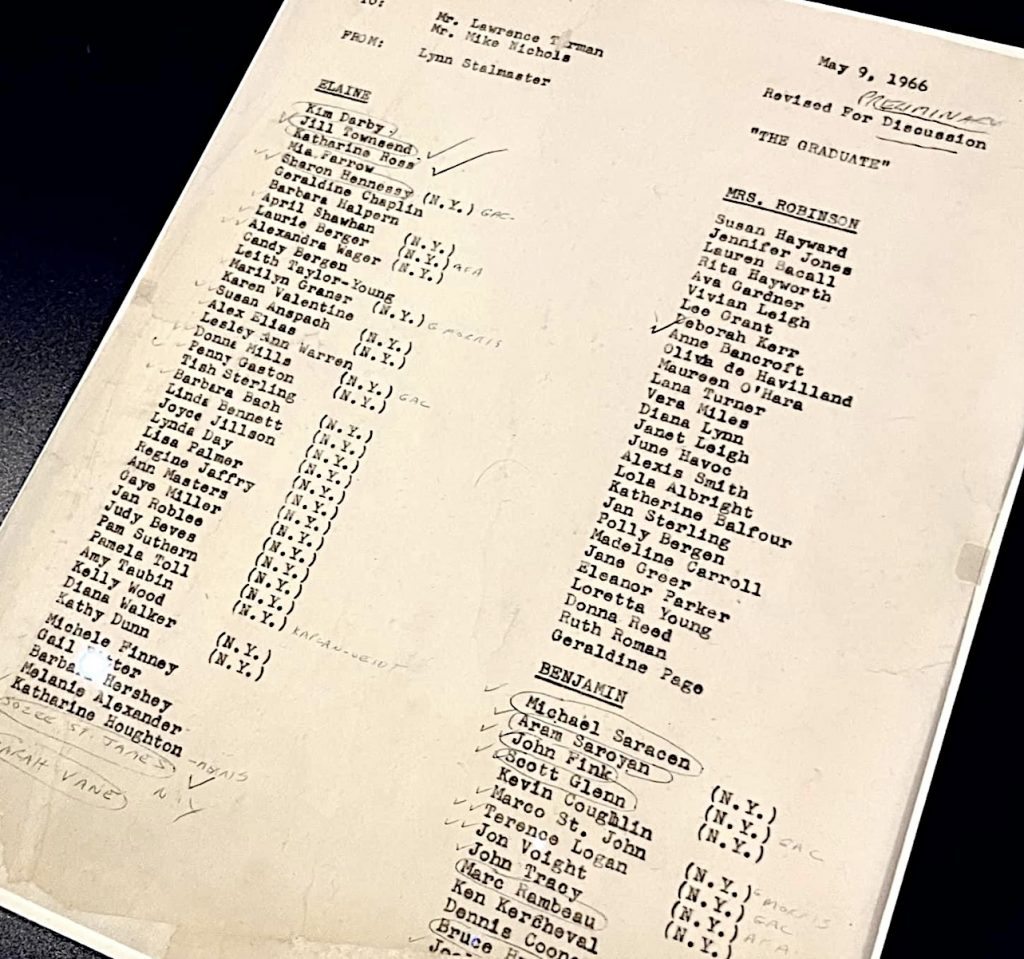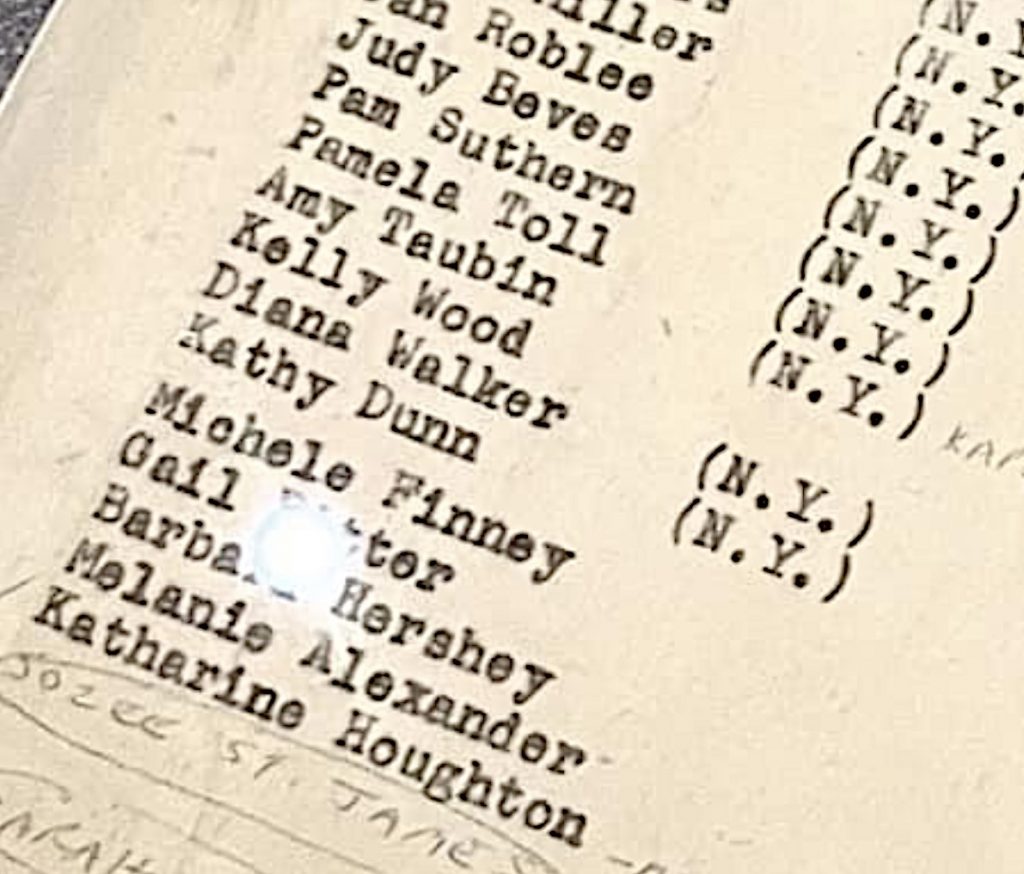Buried under Renfield’s pornoviolent overkill approach is a half-amusing idea about Dracula’s long-suffering, insect-eating servant (Nicholas Hoult) looking to free himself from an agonizing toxic relationship with his narcissistic, fang-toothed, blood-sucking master (Nicolas Cage).
The trailer was fairly amusing; the feature is foul, profane, over-acted, bludgeoning crap.
I lasted exactly 47 minutes, and I almost hate myself for not walking out sooner.
Director Chris McKay, working from a screenplay by Ryan Ridley and a story by Robert Kirkham, had no faith in the comic seed of this thing, and decided that the only way to go was to beat the shit out of the story and pulverize the audience concurrently. It’s one of the most sickening, soul-deadening, simian-level…I take that back as I don’t want to insult apes.
There’s really and truly something wrong with McKay and the people who helped produce this thing. Depraved, I mean. They’re helping to stink-bomb a once-proud or at least respectable industry. They should be indicted and prosecuted. I’m serious.


